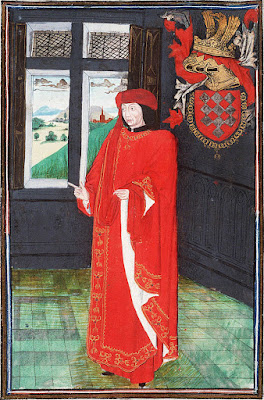OTD 31 July 1993 Death of King Baudouin of Belgium

On 31 July 1993, King Baudouin of Belgium died during his holiday in the Villa Astrida at Motril, Spain. King Baudouin of Belgium at his last Te Deum screenshot His sudden death came unexpectedly and soon Belgium turned into a period of deep mourning. It was just as if the Belgians lost their father. His death stopped the 1993-24hours of Spa. Radio and Television had an adapted programm. Within a few hours, the Royal Palace and the enclosure were covered up with lots of flowers, which people brought spontaneously. King Baudouin of Belgium and Queen Fabiola during his last celebration of the National Day in 1993 screenshot A viewing of the body was held at the Royal Palace. Around 500,000 people went to Brussels to pay their respect to their monarch. NMBS Belgian Railways issued special tickets to travel to Brussels. Collection: on the picture you see a train ticket from 1993 available from Sint-Niklaas to the capital of Belgium issued f...










